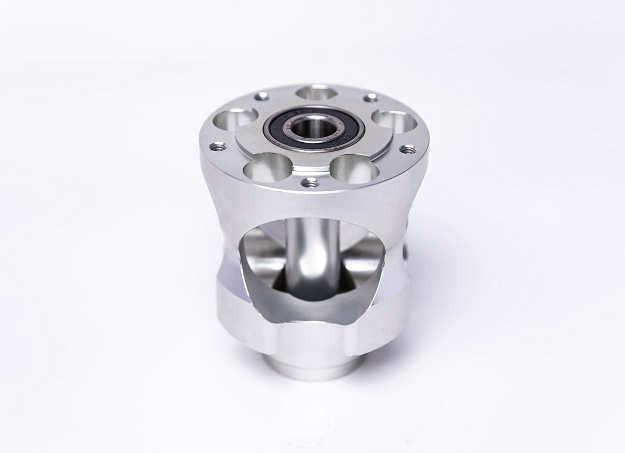The characteristics of various steel kinds vary, including strength, toughness, hardness, resistance to corrosion, and resistance to wear. Selecting a steel with the appropriate qualities for the intended use is crucial. For example, high-carbon steel would be used for a part that needs to be extremely strong. Stainless steel is the material of choice when a part needs to be corrosion-resistant. Steel can be CNC machined into a wide variety of shapes and sizes, each having special qualities and traits. Here is a detailed overview of some of the most common types of steel used for CNC turning:
Low carbon steel
Low carbon steel is a mild steel with good weldability and ease of machining. It is a fantastic option for general-purpose applications because it is also reasonably priced. Shafts, gears, and bushings that are CNC turning frequently employ low-carbon steel.
Medium carbon steel
Compared to low-carbon steel, medium-carbon steel is harder and stronger. Although it is more challenging to machine, it may be tempered and hardened to obtain even higher levels of strength and hardness. Axles, crankshafts, and camshafts that are CNC turning frequently use medium carbon steel.
Alloy steel
Alloy steel is made of steel that has had its qualities improved by alloying it with other elements including nickel, molybdenum, and chromium. A great deal of characteristics, such as high strength, toughness, resistance to corrosion, and resistance to wear, can be engineered into alloy steels. For CNC-turned parts like those for automobiles, aircraft, and oil and gas, alloy steels are frequently employed.
Stainless steel
Steel that has been alloyed with chromium to offer superior corrosion resistance is known as stainless steel. Stainless steels are a fantastic option for CNC turning products that need these qualities because they are also strong and durable. Stainless steels are frequently utilized in CNC-turned components, including naval hardware, food processing machinery, and medical implants.
Different steel machine types operate in different ways. It is simpler to machine some steels than others. Understanding the steel's machinability will enable you to maximize CNC turning efficiency and generate high-caliber parts at a reasonable cost. When the incorrect kind of steel is used for a certain application, it can cause issues like early part failure, machining challenges, or even safety risks. You may steer clear of these issues by being aware of the kinds of steel that can be CNC turning and selecting the appropriate steel for the task.

